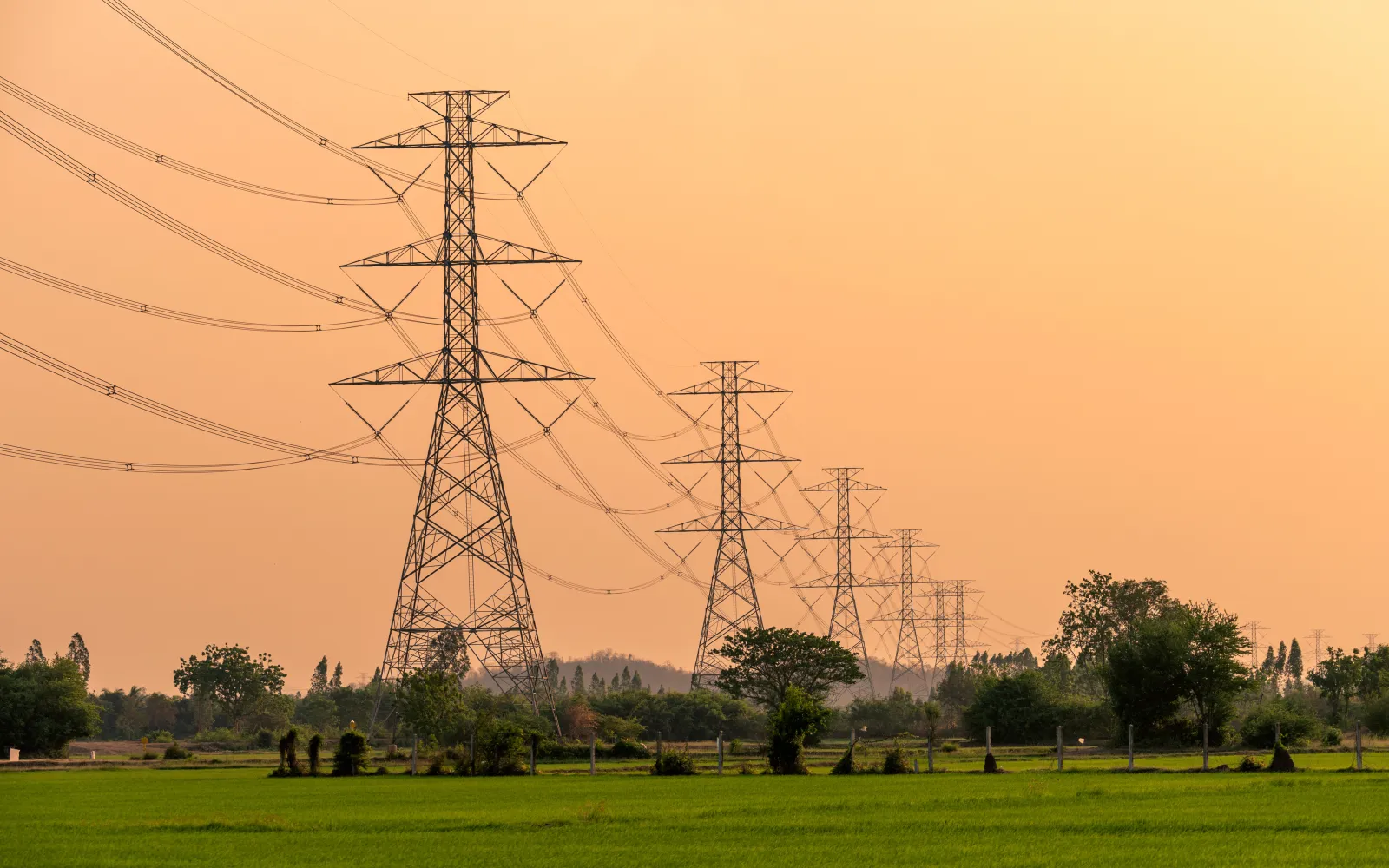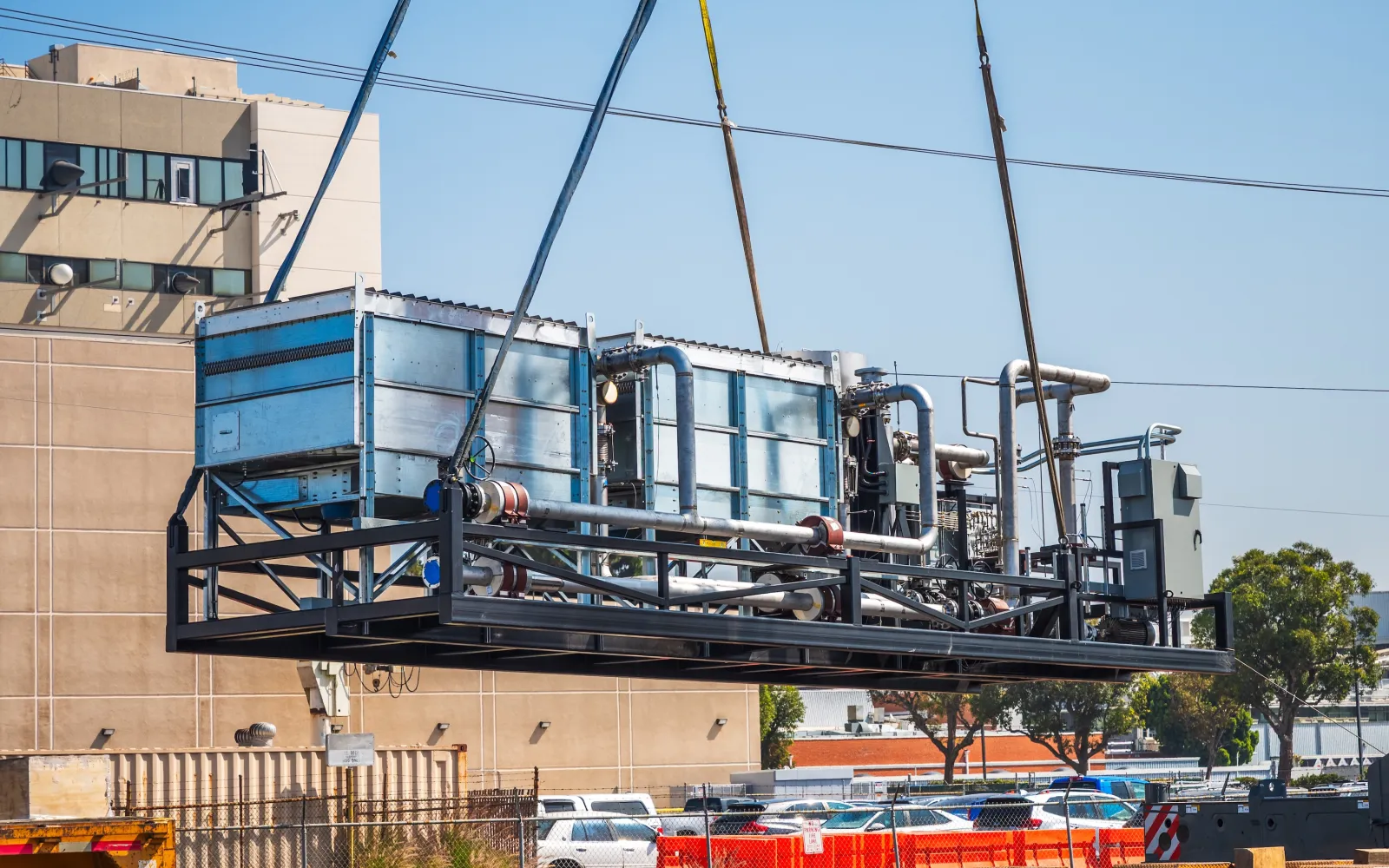

Fervo Energy
Tapping into the heat beneath our feet to provide gigawatts of clean energy
As we wrote when we invested in Fervo, “the company reflects DCVC Climate’s investing thesis to a remarkable degree.” We’re not the only ones who have taken an interest. In 2021, Fervo and Google signed a novel agreement to power the latter’s data centers using advanced geothermal power. And earlier this year, the Washington Post described Fervo’s plans for a geothermal-powered facility to remove carbon dioxide from the atmosphere, with support from the Chan Zuckerberg Initiative.
DCVC recently caught up with Sarah Jewett, Fervo’s vice president of strategy, to learn what distinguishes Fervo’s technology from the rest of the pack’s, and to understand the broader opportunities and challenges facing geothermal energy.
DCVC: DCVC invests in start-ups that harness deep tech to pragmatically and cost-effectively tackle previously unsolvable problems. What is the deep tech at the heart of Fervo’s business?
Jewett: To appreciate how Fervo’s technology is different, it’s important to look at the geothermal industry’s various phases of development. Geothermal 0.0 involved digging down to a steam-producing reservoir; these reservoirs are typically geographically constrained and require very specific resources. Geothermal 1.0 involved finding hot reservoirs with high natural fractures and essentially plunging two straws into the ground – one straw to pump water into the reservoir and the other to extract hot water or steam from it. Again, these reservoirs are still geographically constrained and not very common.
Fervo is working on Geothermal 2.0, which involves accessing hot rock everywhere using the subsurface technology that the oil and gas industry pioneered – like horizontal drilling and multistage completions – which led to the U.S. Shale Revolution starting over a decade ago. Fervo is also using distributed fiber optic sensing, a diagnostic tool to monitor the drilling process. This tool, combined with Fervo’s drilling and completion practices, makes our approach to geothermal energy truly unique – allowing us to harness geothermal resources that were previously untapped.
DCVC: How do Fervo’s geothermal ambitions fit into the broader landscape of renewable energy technologies and sustainable development goals?
Jewett: Geothermal energy is becoming increasingly important in the push for renewable energy and sustainable development in a fairly unique way. As variable renewable energy sources like wind and solar power skyrocket, there’s an increasing need for clean, reliable sources of energy to complement them. California, for example, has had reliability issues due to its heavy reliance on solar power during the day, while at night the state is forced to turn to coal- and gas-fired power that undermines its decarbonization targets. To overcome these challenges, the state has mandated the procurement of a certain amount of clean power around the clock. This has led to a surge in demand for geothermal energy, which is a constantly available source of zero-carbon electricity. Fervo is benefiting from this mandate by signing commercial contracts with large electricity customers that need 24⁄7 access to clean energy.
DCVC: How does Fervo plan to scale its operations and expand its market share in the geothermal energy industry, and what challenges does it anticipate?
Jewett: Though we are focusing currently on the western United States, Fervo’s technology is not strictly limited to any specific region, as geothermal energy can be harnessed around the world.
One of the challenges we face is transmission, as geothermal resources may not always be located close to population centers. However, we are seeing growing demand for “behind-the-meter” business solutions, such as leveraging geothermal electricity for producing hydrogen, capturing carbon dioxide from the air, and extracting lithium from briny water. Some companies, like Microsoft and Google, are even willing to relocate their data centers closer to our facilities if we can provide them with priority on our power.
Other challenges facing the geothermal industry relate to permitting, policy and capital. These require education and advocacy efforts, and we’re optimistic we can overcome them as we work to build a sustainable future.




